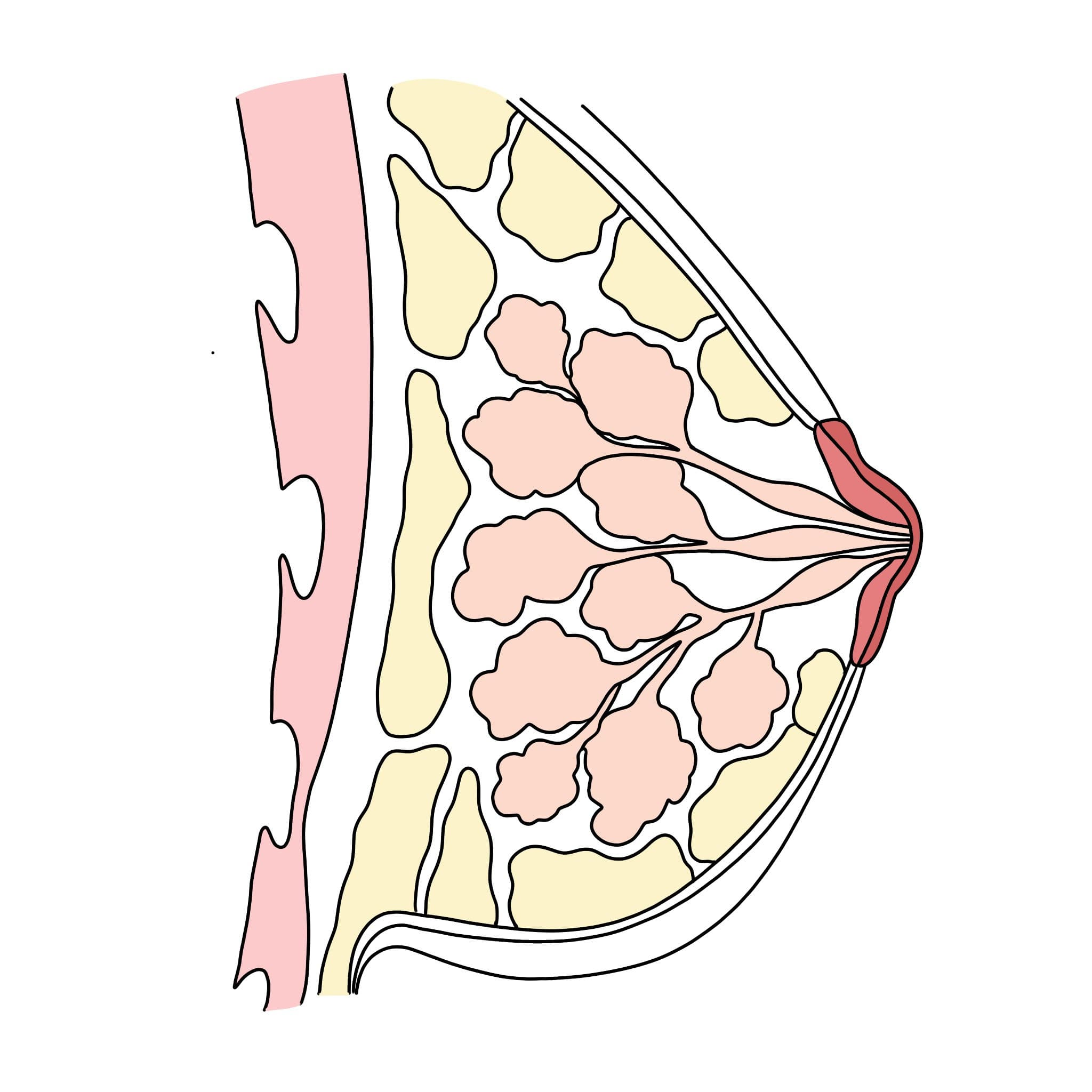SUMMARY :
What could be more marvelous and surprising than the female body? Capable of carrying life, giving it, nourishing it and cherishing it, all in its simplest form. So, from production to the flow of milk, from the breast to the baby's mouth, how is the milk made that allows you to breastfeed?
To understand breastfeeding, know the breast
By the time you find out about your pregnancy, your body has already started to prepare, and with it, your breasts. To enable you, if you wish, to breastfeed your baby, they undergo numerous transformations, mostly initiated by hormones.
From the mammary glands to the milk ducts via veins, fatty tissues and contractile cells used to allow the flow of milk, it is an entire organ, emblematic if ever there was one, which combines its forces to achieve lactation .
- Mammary glands , they produce breast milk.
- Milk ducts , they transport breast milk from the mammary glands to the nipples.
- Blood vessels , they carry, among other things, the nutrients of breast milk (water, mineral salts, vitamins, etc.)
- Contractile cells , they allow the flow of milk during feeding.
- Adipose tissues , they support and protect the breast and its biological functions.

Did you know ? From mid-pregnancy, your breasts produce colostrum. This first milk, which is not one, is particularly rich in proteins and antibodies for your baby.
Prolactin and oxytocin: milk hormones
Along with the physiology of your breast, hormones play a huge role in making the milk you give to your baby.
When your child is born, the expulsion of the placenta causes the level of progesterone in your body to drop. There Prolactin can then come into play as the main hormone in triggering and maintaining lactation .
Did you know ? The earlier and more often baby breastfeeds, the more prolactin receptors there are and therefore, the more effective lactation is.
The other lactation hormone is oxytocin . Best known for its calming effect on you and your child (it is also called the well-being hormone), it is also linked to the milk ejection reflex .
Concretely, when baby sucks it stimulates your nipple, which triggers the secretion of oxytocin, releasing milk from the alveoli and sending it to the milk ducts.
Did you know ? The secretion of oxytocin is also linked to emotions and the psyche. Shock, trauma or pain can therefore inhibit its production.

Thanks to baby, the magic happens
Because, definitely, the female body is a sacred and marvelous instrument, the key to lactation is none other than your baby . It is by bringing it close to your breast, by allowing it to suckle, that you activate your ability to feed it, in 3 very distinct stages.
- As soon as your baby latches on, a signal is sent to your body.
- It is your brain which receives it and releases the corresponding hormones (prolactin and oxytocin) in response.
- Thanks to them, your breast starts working and lets breast milk flow into your child's mouth.
Did you know ? In terms of the breast, lactation and breastfeeding mainly relate to the breast areola and its nipple. Made up of tiny orifices which form the end of the milk ducts, the nipple allows the expression of breast milk produced by the mammary gland.
Breast milk, a pure product of love
Not only is breast milk - according to WHO recommendations - THE best food for your baby from birth , but in addition, your body adapts its composition and manufacturing to the needs of your child.
In the first days of breastfeeding, breast milk production continues to increase until it reaches its maximum around one month. Then, your body regulates itself according to your little one's appetite . It is indeed the rhythm of feedings which determines the quantity of milk produced .
The composition of your milk also changes to specifically meet your baby's needs throughout his growth, but also throughout each meal. Thus, the milk at the start of the feeding is liquid and abundant , while the end-of-feeding milk is enriched with fat to help baby achieve satiety.
Did you know ? Breast milk is produced continuously until your reserves are full. The mammary glands therefore work between feedings, but also during, so that your baby always has something to drink, one breast after the other.



